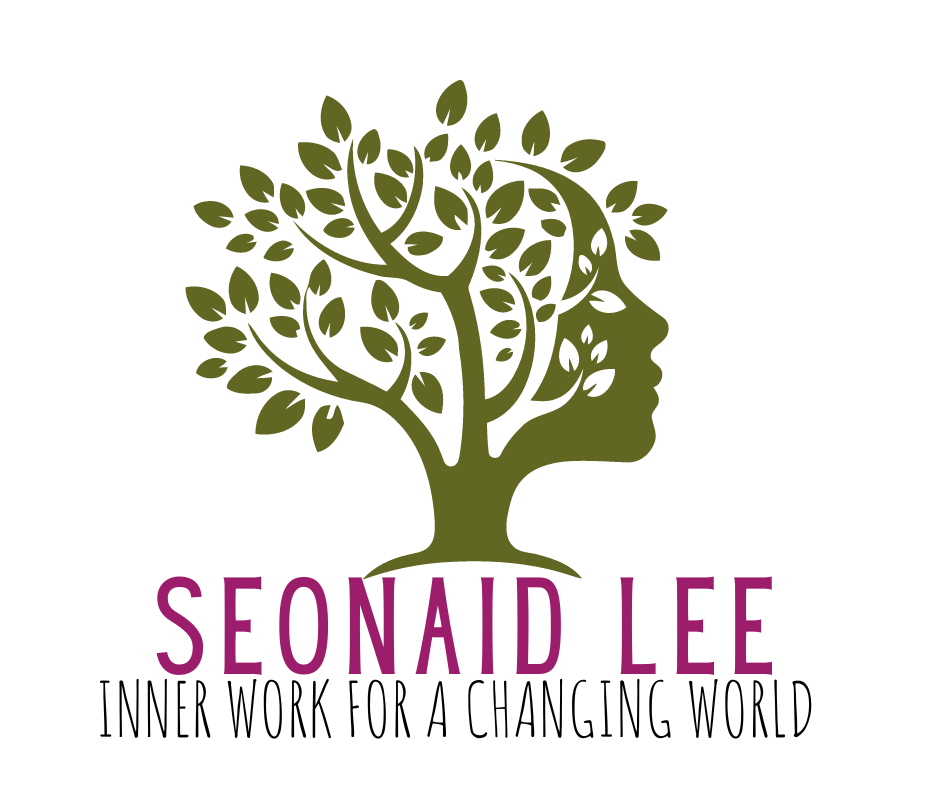Socially constructed reality has a physical existence in the world, but it is self-referential, and does not necessarily reflect any deeper reality. That is to say, it can be internally consistent (coherent) without making reference to the observed larger world in which it resides (correspondence). Yet it also creates the conditions which agents must navigate within its local area of effect.
It would be (is) a mistake to attempt to counter locally self-referential systems with facts without first understanding what role the existing system plays in those whose actions are dedicated to its preservation. George Kelly pointed out that, no matter how badly an individual’s construct diverges from observed reality, it is a real phenomenon which must be explained. (See Kelly, 1955). If we can consider any particular socially constructed reality to comprise an ‘identity’, then the ‘reality’ is the aggregate of the story lines held by the members that constitute the ‘identity’ in question. Thus, the same question arises: what benefits does this system of beliefs provide for the people who hold it?
The locally constructed reality (not necessarily within a particular physical space, but within the boundaries of the belief system) may purport to explain ultimate reality, but it generally does so by excluding information that contradicts. The set of beliefs about what to do with contradicting information provides a set of technologies for dealing with cognitive dissonance, the discomfort that comes about when individuals attempt to incorporate new information in their personal constructs. Beliefs about the world that allow you to simplify it and deal with only a locally considered set of information are an advantage. These beliefs come to generate a semi-permeable barrier around a constructed reality, in which reference to external factors is only permitted under particular conditions. That is to say, they operate as a conservative force to preserve the local ‘reality’.
